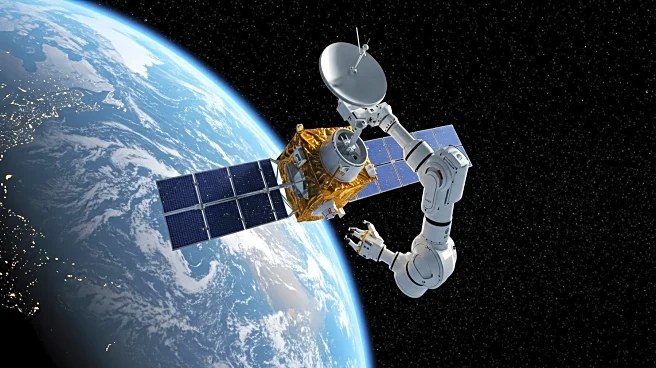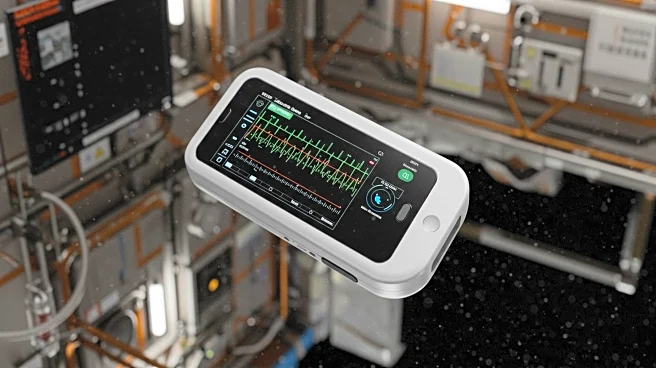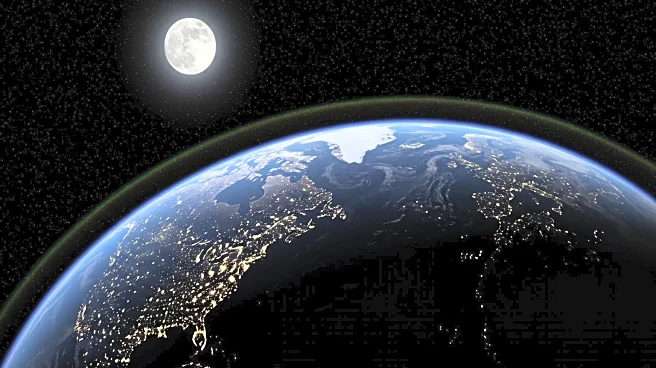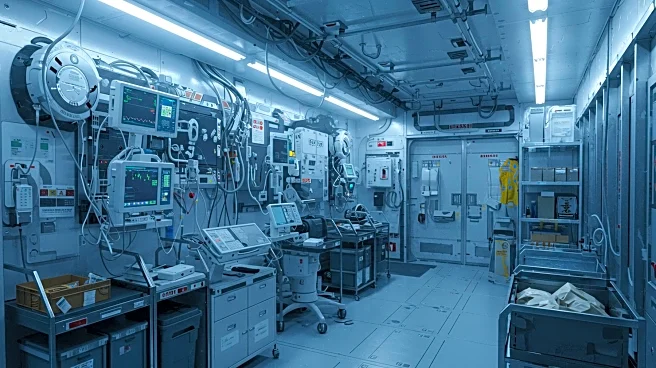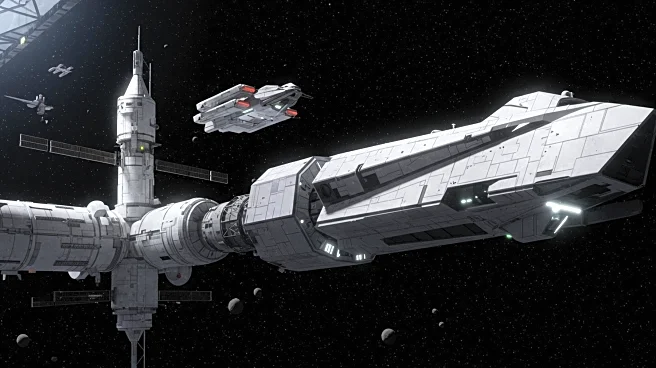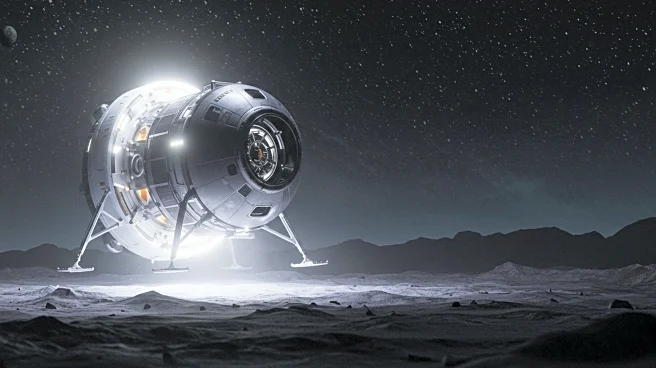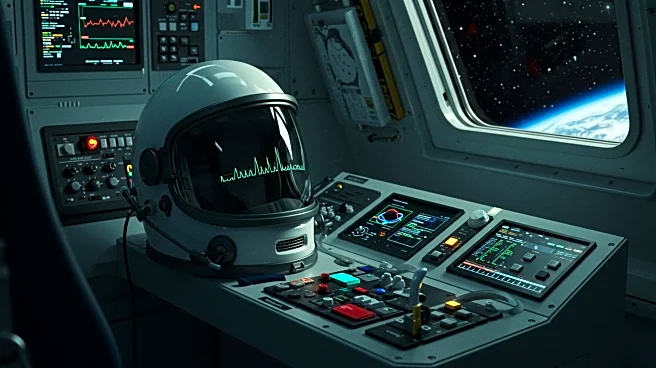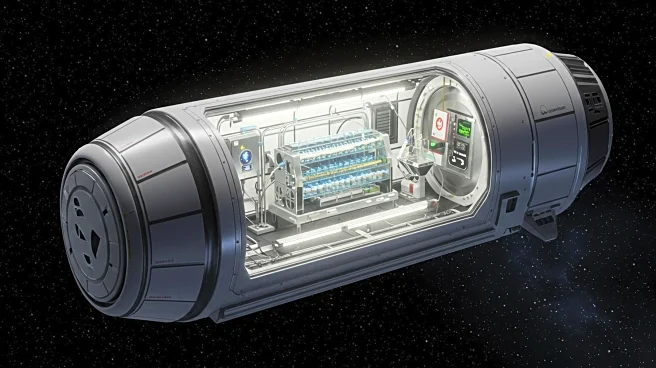Rapid Read • 8 min read
On May 25, 2025, SpaceX's Dragon capsule successfully returned to Earth, bringing back 6,700 pounds of scientific experiments, hardware, and innovative technology from the International Space Station (ISS). This mission marked the 32nd commercial resupply mission for NASA, showcasing advancements in space exploration and the practical applications of new technologies. Among the returned cargo were tentacle-like robotic arms, hyperspectral imaging devices, and educational materials aimed at inspiring future scientists and engineers. The mission also included the MISSE-20 experiment, which tested materials exposed to space conditions, providing data crucial for developing resilient spacecraft. Additionally, the Astrobee-REACCH system demonstrated its ability to capture and manipulate objects in orbit, offering potential solutions for space debris management.
AD
The successful return of SpaceX's Dragon capsule underscores the growing role of commercial entities in space exploration. The mission's cargo, including advanced robotics and imaging technology, highlights the potential for private companies to contribute to scientific research and technological development. The materials tested in space are vital for future missions to the Moon and Mars, as they help engineers design more durable spacecraft. The Astrobee-REACCH system's capabilities in handling space debris are crucial for maintaining sustainable space operations, ensuring the safety and longevity of satellites. This mission also supports educational initiatives, inspiring the next generation to pursue careers in STEM fields.
The advancements demonstrated in this mission pave the way for future space exploration endeavors. The data collected from the MISSE-20 experiment will inform the design of more resilient spacecraft, essential for long-duration missions. The Astrobee-REACCH system's success may lead to further developments in space debris management and satellite servicing. As commercial entities continue to collaborate with NASA, the potential for human settlements on the Moon and Mars becomes more feasible. The educational materials returned from the ISS will continue to inspire young minds, fostering interest in space science and exploration.
The collaboration between SpaceX and NASA represents a shift towards increased privatization in space exploration. This partnership not only accelerates technological advancements but also opens new commercial opportunities in space. The mission's focus on educational outreach highlights the importance of engaging the public in space exploration, ensuring continued support and interest in scientific endeavors. As private companies play a larger role in space activities, ethical considerations regarding space debris and resource management become increasingly important.
AD
More Stories You Might Enjoy
